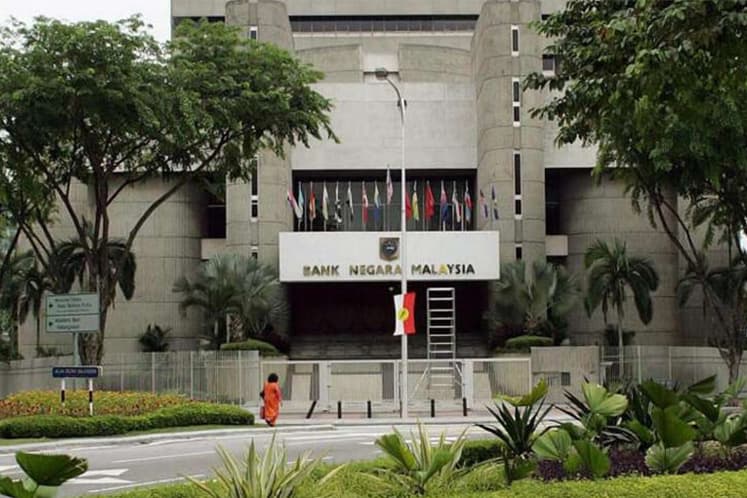
KUALA LUMPUR (Nov 16): Malaysia’s sound macroeconomic fundamentals will provide a strong ground for the local economy to adjust to the deeper structural reforms that are being undertaken by the new Government, said Bank Negara Malaysia (BNM).
“The reforms will position the economy on a firmer footing to perform better going forward,” BNM Governor Datuk Nor Shamsiah Mohd Yunus told a media briefing on the country's economic performance for the third quarter of 2018 today.
Shamsiah highlighted that the economy is well diversified in terms of sources of growth, as well as export products and markets.
Besides that, she said the labour market conditions remain favourable, underpinned by continued wage and employment growth.
“The current account continues to register a surplus and Malaysia’s deep financial markets and resilient banking system with strong financial buffers will ensure orderly and efficient financial intermediation in the face of financial market headwinds,” she added.
BNM reported today that Malaysia recorded the lowest quarterly economic growth this year during the third quarter of 2018, at 4.4%, mainly weighed down by commodity supply disruption in liquefied natural gas, palm oil and rubber. The growth rate was recorded at 5.4% and 4.5% in the first quarter and second quarter respectively.
In the absence of commodity shocks, Nor Shamsiah said the growth could have been 0.5 to 0.7 percentage point higher.
Still, Nor Shamsiah believes that the slowing economic growth has bottomed out, with the central bank projecting a slight recovery in economic growth for next year, forecasting a growth rate of 4.8% in 2018, and 4.9% in 2019. This, however, is still lower than the growth rate in 2017 at 5.9%.
“Going forward, our economic prospects remain firm. Growth in 2018 will be driven by strong private sector expenditure amid the adverse commodity supply shocks. Going into 2019, private sector activity will remain the key driver of growth as rationalisation in public sector spending continues,” she said.
“We recognise, however, that risk to growth remain tilted to the downside stemming mainly from any escalation of global trade tensions, greater financial market volatility, and disruption in commodity production,” Nor Shamsiah added.